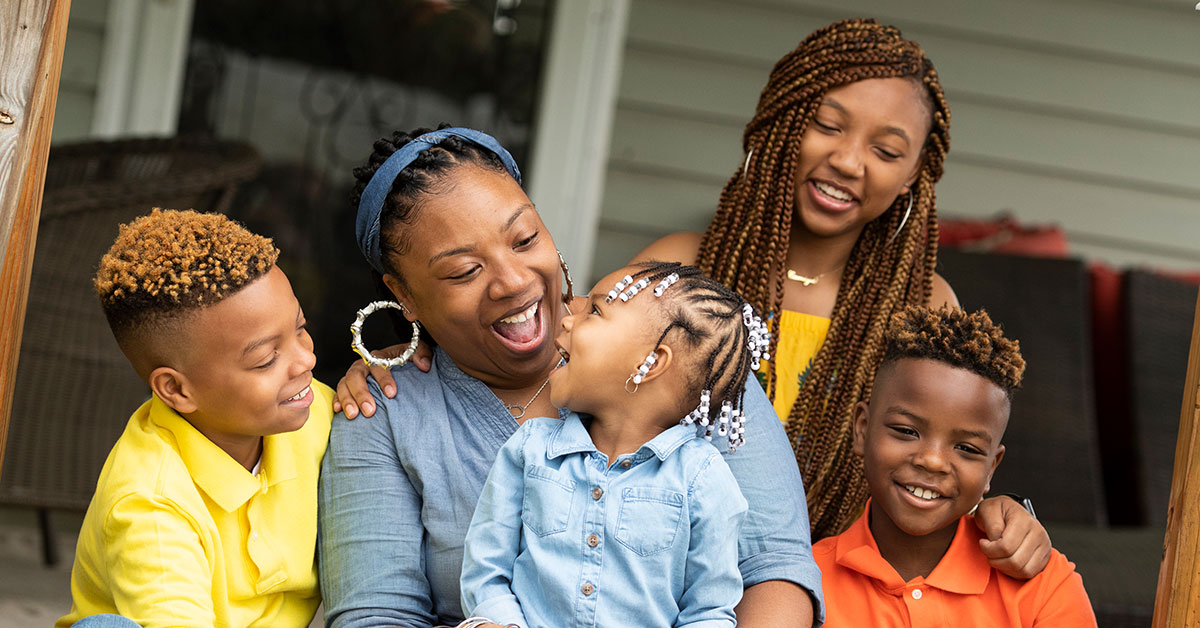Locations
United States

Youth transitioning out of foster care: Incarcerated in the past two years by race/ethnicity in United States
Youth transitioning out of foster care: Incarcerated in the past two years by race/ethnicity
Downloading image...

Definition and Source
PROVIDER
Definition
Of young people who were in foster care within 45 days following his/her 17th birthday and completed the NYTD Outcomes follow-up survey at ages 19 or 21: the number and percentage who reported being incarcerated in the previous two years. Incarceration is considered confinement in a jail, prison, correctional facility, or juvenile or community detention facility in connection with allegedly committing a crime (misdemeanor or felony).
Data Source
National Youth in Transition Database (NYTD) - Outcomes File, Cohort Age 17 in FY2011, Waves 1-3 (2015)
Young people who are in foster care within 45 days following their 17th birthday are eligible to complete the NYTD Outcomes baseline survey. Those who complete the survey at 17 are eligible to complete follow up surveys at 19 and 21. Some states choose to sample from their baseline cohort (those who completed the survey at 17) for the follow up waves. Outcomes data in this file are self-reported, and young people may choose to decline to respond to any question in the survey.
NYTD data are used with the permission of Cornell University’s National Data Archive on Child Abuse and Neglect website. The collector of the original data, the funding agency, NDACAN, Cornell University, and the agents or employees of these institutions bear no responsibility for the analyses or interpretations presented here.
Young people who are in foster care within 45 days following their 17th birthday are eligible to complete the NYTD Outcomes baseline survey. Those who complete the survey at 17 are eligible to complete follow up surveys at 19 and 21. Some states choose to sample from their baseline cohort (those who completed the survey at 17) for the follow up waves. Outcomes data in this file are self-reported, and young people may choose to decline to respond to any question in the survey.
NYTD data are used with the permission of Cornell University’s National Data Archive on Child Abuse and Neglect website. The collector of the original data, the funding agency, NDACAN, Cornell University, and the agents or employees of these institutions bear no responsibility for the analyses or interpretations presented here.
Notes
Updated October 2018.
S - Data suppressed due to a low number of respondents for an individual data point (<10), a low number of respondents in a single racial or ethnic group within a state/territory (<25), and/or a low number of overall respondents from a state/territory (<25).
S - Data suppressed due to a low number of respondents for an individual data point (<10), a low number of respondents in a single racial or ethnic group within a state/territory (<25), and/or a low number of overall respondents from a state/territory (<25).
Last Updated
November 2018